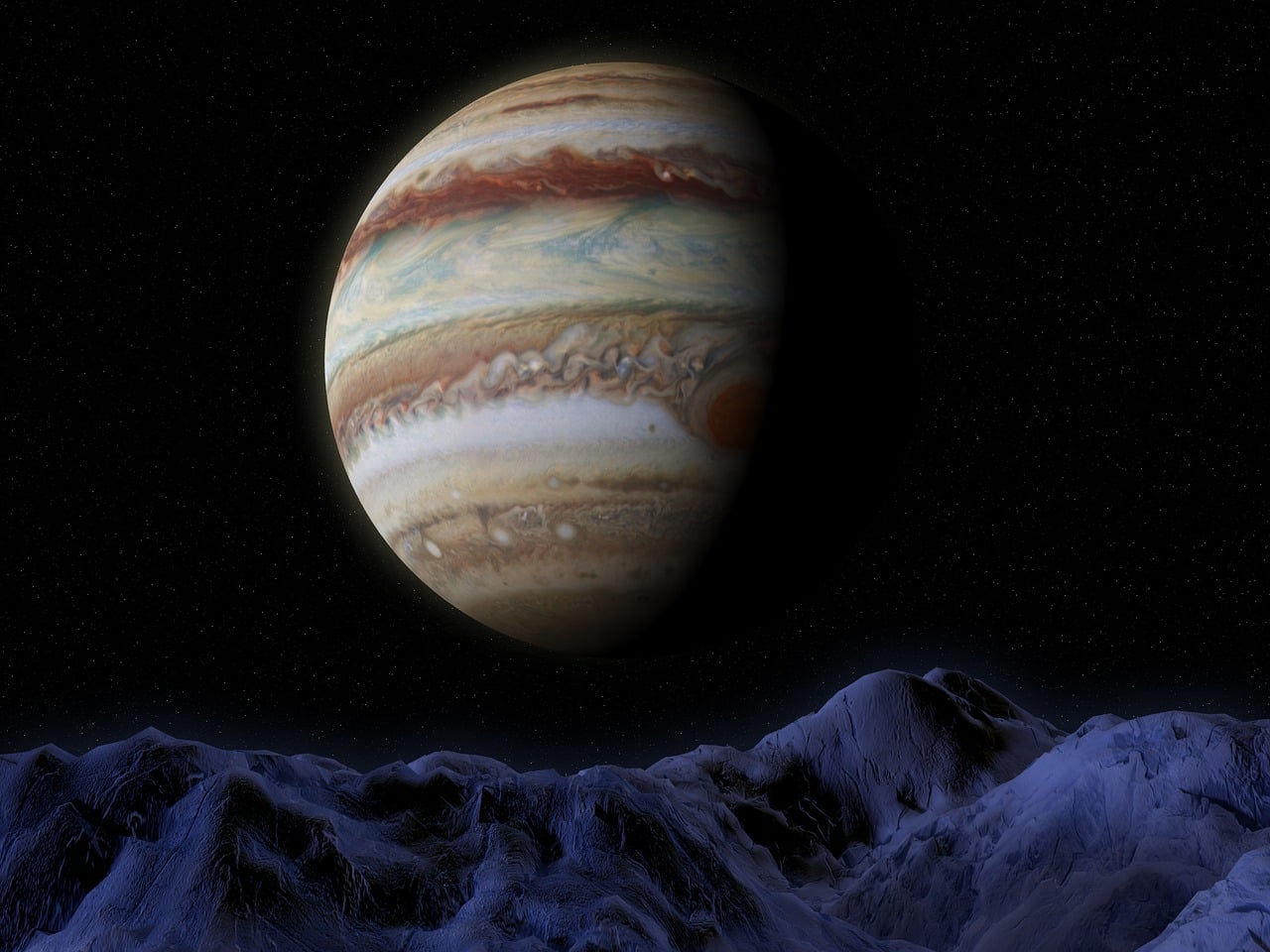This video is about the cycloid curves on Jupiter’s moon Europa – they’re ridges or valleys in the icy surface that formed due to some sort of geological or tectonic-esque phenomenon. The answer involves ping pong balls, the pacific ring of fire, subduction, tidal bulges, and tailcracking,
Q1 hedge fund letters, conference, scoops etc, Also read Lear Capital: Financial Products You Should Avoid?
Extraterrestrial Cycloids - Why Are They on Europa?
Transcript
This is an image of Jupiter's moon Europa taken by the Galileo spacecraft in 1998. You probably noticed that Europa's surface which is made of ice has tons and tons of cracks. But I want to direct your attention to this weird repeating arc pattern. Each segment of ARC is roughly 100 kilometers long and there are a lots of these arc patterns. Most of them are ridges raised up above the surrounding surface though a few are troughs after they were discovered. Their shape reminded scientists of a mathematical curve called a cycloid. So the Europa curves are called cycloid curves though technically they're not Cyclades. These curves are weird geological and astrophysical processes are really good at making round features more straight features or wavy features. But what causes repeated markings cycloids. Well we think that the Europan surface is made of frozen water at least several miles thick which we believe is floating on of an ocean of liquid water. This means its surface kind of works the way tectonic plates do here on Earth spreading apart and generating new ice crashing together and being subducted and so on. And here on Earth Plate Tectonics has caused cycloid curves all around the Pacific Ring of Fire. Our best guess for how the Pacific arcs form here on earth is based on the geometry of what happens when the ocean plates get pushed under continental plates because the Earth's surface is curved. You get a similar effects to what happens when you dent a ping pong ball. You might get a signal or if you press harder multiple circular arcs Cyclopes curves.
However this doesn't appear to be the answer on Europa because there are so many cycloid curves and they overlap in tons of places and none of them really show signs of one piece of the surface being pushed under another. The current best theory for the origin of the Europan cycloids has to do with Europas weird tides Jupiter which it's orbiting causes tides on Europa but they're not from daily rotation beneath a tidal bulge the way tides happen here on Earth because the same side of Europa always faces Jupiter. No Europa has tides because its orbit isn't a perfect circle it's ever so slightly elliptical. So as Europa moves closer or farther from Jupiter the nature of Jupiter's gravitational pole changes on the scale of the whole moon. These tides manifest as a kind of squeezing and stretching which due to the interaction of geometry and physics results in any given point on the icy surface being pressed together at one time in the orbits and then stretched at a later point and the aspect of tides. Key to understanding the cycloid curves is that the direction of the compression and stretching changes over the course of each orbit rotating around like the hand on a clock. Specifically the compression tension direction rotates clockwise in the southern hemisphere and counterclockwise in the northern hemisphere and it takes one orbit to complete a full rotation so when there's enough stretching tension to form a crack in the ice the crack will start propagating perpendicular to the tension. But remember the direction of tension is changing.
If say the crack is growing to the east in the northern hemisphere the counter-clockwise changing tension will curve it up away from the equator as Europa continues orbiting. The tension will eventually turn to compression so the crack will stop growing the compression angle will continue turning though and by the time the pressing turns back to pulling the direction will have rotated back around enough that the crack will make a sharp turn when it starts cracking again after which it resumes its upward curving trajectory. There's probably a little more subtlety due to a stress strain process called Tail cracking that helps the sharp corners form for each new segment. But this is basically the best current theory explaining the Europan cycloid cracks grow because the tides from Jupiter create tension in the ice and that tension direction changes over time curving the crack. Then the process repeats again starting the crack off in the original direction curving again and so on. And that's how waves form on a frozen world. This video was supported by NASA's James Webb Space Telescope Project at the Space Telescope Science Institute. There's still a ton we don't know about Europa for example the Hubble telescope has detected what we think are plumes jetting from Europe as icy surface perhaps water sprouting up through cracks and if so the plumes could give us insights into the oceans beneath the James Webb telescope will use its powerful thermal imaging and spectroscopy to investigate Europa's plumes and to study the geologic activity tides and tectonics of Europa and other outer solar system planets and moons hopefully answering questions about how they formed how they continue to behave and whether they have conditions amenable to life.






